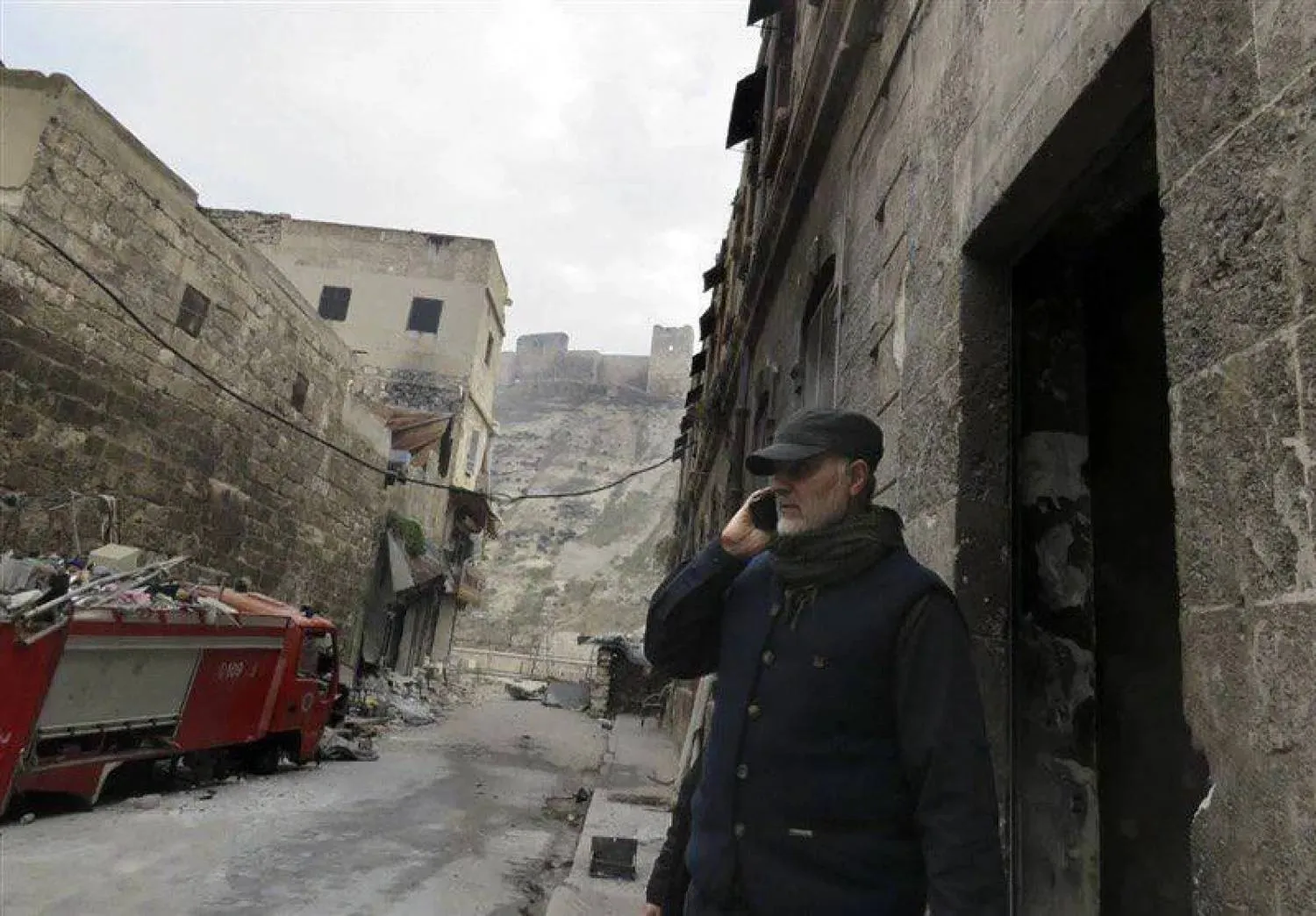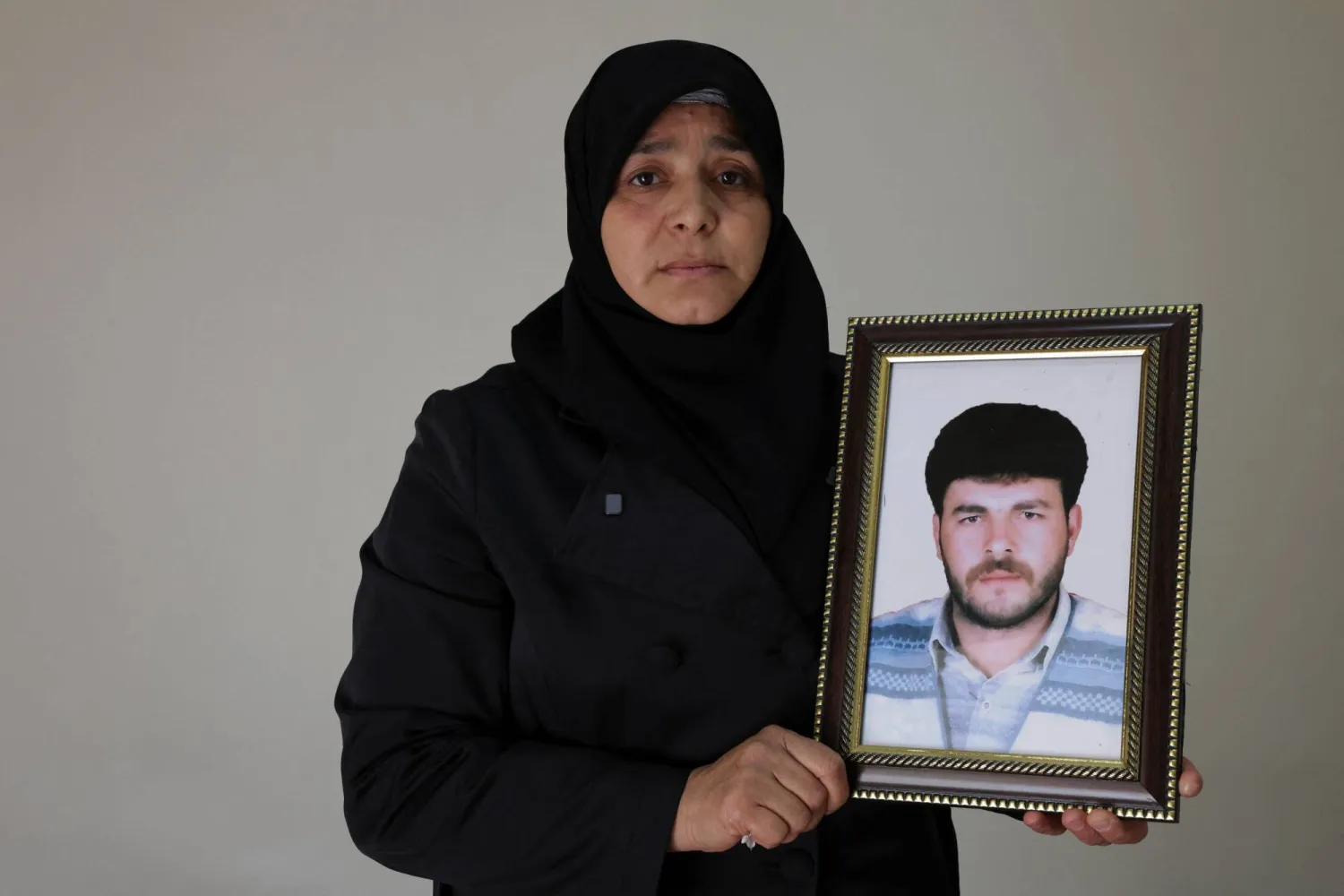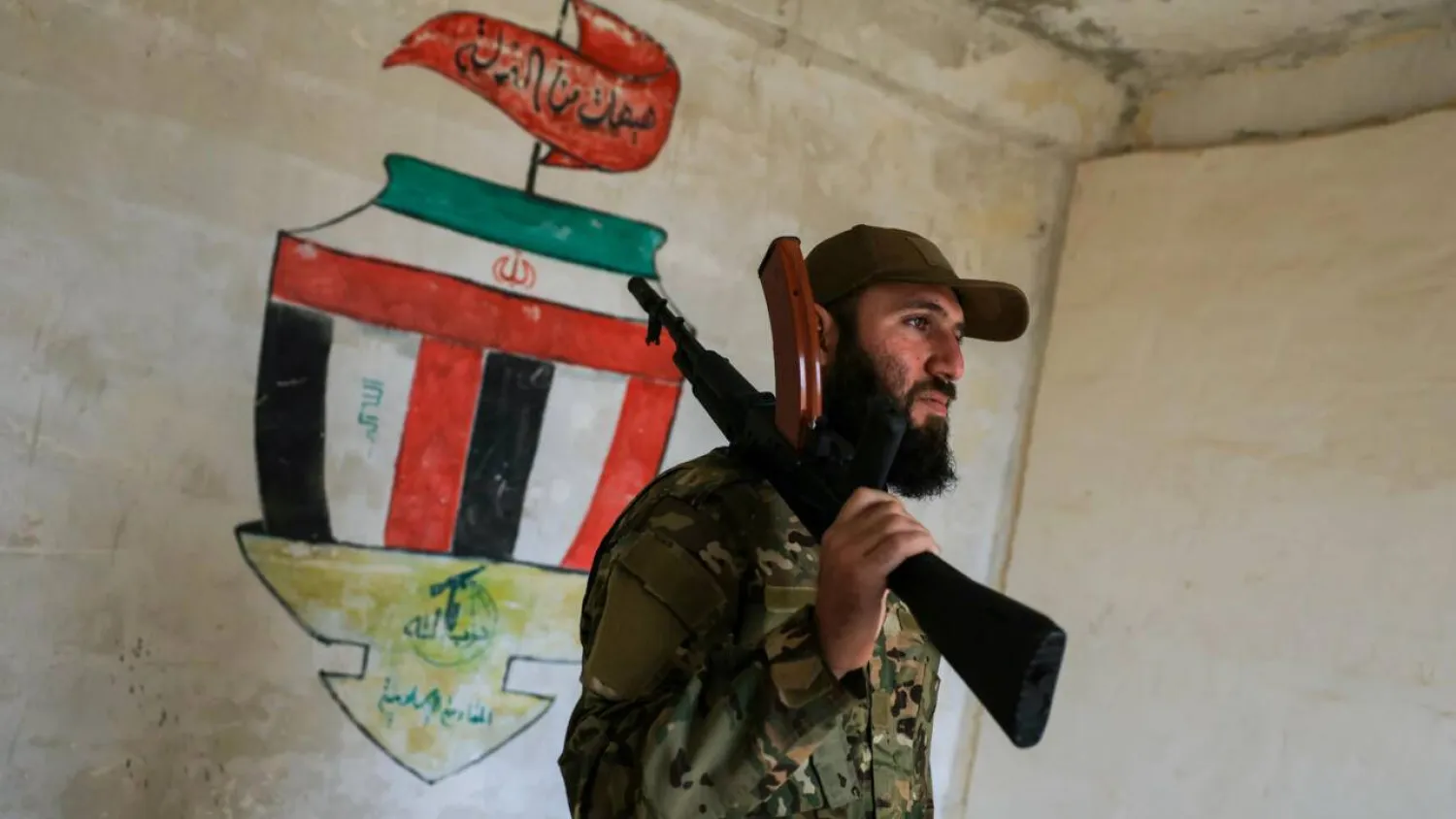Two ousted presidents, thousands of civilian and military victims and wounded, three presidential and parliamentary elections, constitutional declarations without a vote, deep constitutional reform after a referendum, security calm after unrest and a neighbor that cannot find peace.
This is how the social and political scene took shape in Egypt in ten sometimes dramatic years of tumult as part of the so-called Arab Spring.
The developments began on January 25, 2011 with protest calls for better living conditions, freedom and social justice. They demanded the resignation of longtime President Hosni Mubarak, who had ruled for 30 years, and had taken inspiration from the revolt in Tunisia where the people successfully ousted Zine El Abidine Ben Ali just days earlier.
Egyptians held daily protests with the Tahrir Square in the capital, Cairo, becoming an icon of their movement. Mubarak resigned in February 2011 and the Supreme Council of Egyptian Armed Forces was entrusted with leading the country. A constitutional referendum was successfully held on March 19 and presidential elections were set for 2012.
Amid the vacuum, the country’s most organized group came to the fore – the Muslim Brotherhood. The Islamist organization submitted a candidate for the elections and Mohamed Morsi was declared president on June 24, 2012. Instead of a “spring”, the election brought an “Islamist winter” as the Muslim Brotherhood put a halt to the natural course of political events and instead sought to cement its power over various state institutions.
Morsi soon issued a declaration immunizing his decrees from challenge and attempting to protect the work of the constituent assembly drafting the new constitution. Alarmed by the move, national and religious powers withdrew from the committee that was drafting the institution. Despite protests against Morsi, the constitutional referendum went ahead in December 2012, but garnered the support of only 63.8 percent of voters.
The tensions did not end there. The Muslim Brotherhood’s time in power fueled divisions and tensions as the organization continued to make missteps. Popular opposition against the group and Morsi continued to mount and peaked on June 30, 2013 when the army swept in an removed the president from power.
The ouster of the president and the Muslim Brotherhood sparked a wave of violence in the country, including a spate of bombings that targeted important security locations in Cairo and other parts of the country. Other attacks left dozens of soldiers, officers and civilians dead. Muslim Brotherhood supporters also staged protests in the Rabaa al-Adawiya and al-Nahda Squares despite Morsi’s ouster. In August 2013, the security forces were forced to intervene to disperse the protests. Several demonstrators and members of the security were killed in ensuing violence.
In the aftermath of Morsi’s ouster, Egypt needed a new constitution that would take into account the new reality in the country. The constitution declared by the Muslim Brotherhood had been suspended and a constitutional declaration, announced by then Defense Minister Abdul Fattah al-Sisi, was in place.
By January 2014, Egyptians approved their new constitution with an overwhelming 98.1 percent during a referendum. Due to his role in toppling the Muslim Brotherhood and meeting the demands of the people, Sisi submitted his candidacy for the presidential elections in March 2014 and would go on to achieve a resounding victory in June.
However, even with the election of a new president, terrorist attacks continued to persist in Egypt. The security instability on the inside were also challenged by unrest in neighboring Libya, which had become a platform for the arrival of gunmen and smuggling of weapons into Egypt. New challenges have also emerged in recent years, with tensions between Cairo and Addis Ababa over the construction of the contentious Nile dam and Turkey’s expansionist agenda in the eastern Mediterranean.
Sisi met the challenges with his resolve to “cement the stability of the state”. He has largely been successful, with terrorist attacks on the decline. As for deep institutional change, the armed forces have been tasked with protecting the constitution and democracy, an added role to their existing duties of protecting the country.









